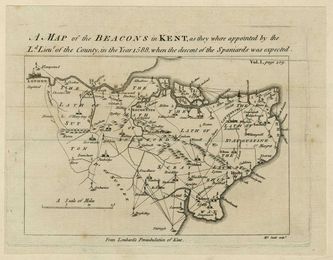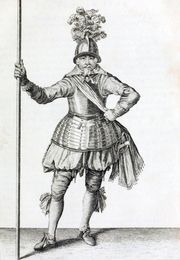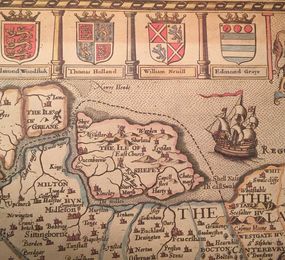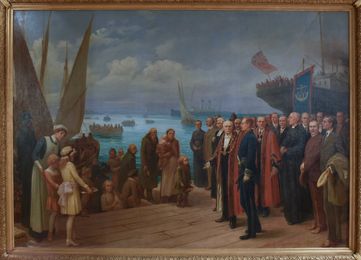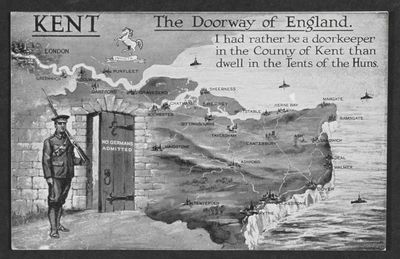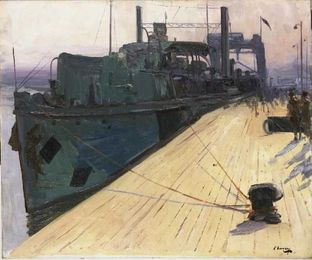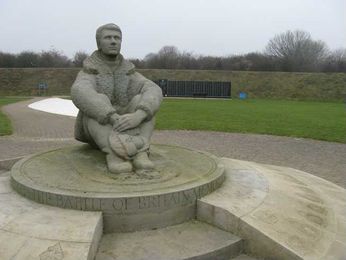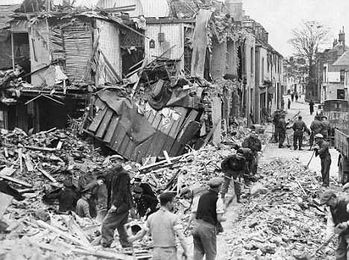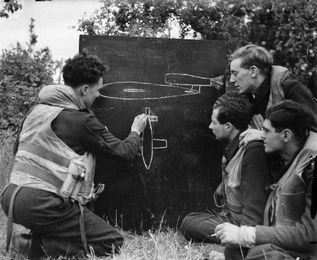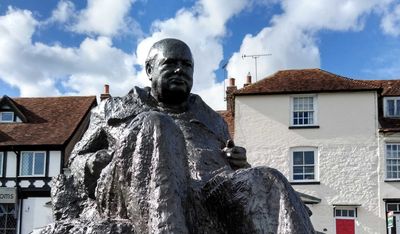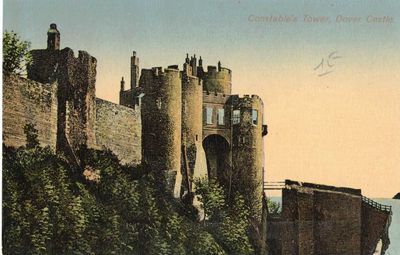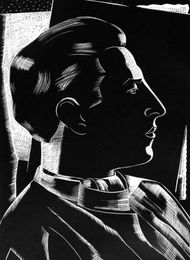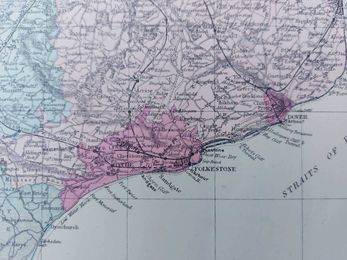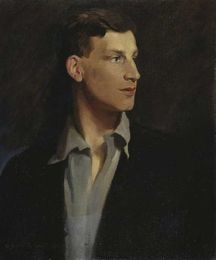ve-header title="War in Kent" background=gh:kent-map/images/wartime/road2 .sticky
On the frontline of England's defence, Kent played a pivitol role in both the First and Second World Wars.
.cards
With invasion threatening, Kent mobilised its forces, but did it leave the coastal town of Margate unprotected?
A riotous time in Canterbury on Christmas Day, 1647.
The Island of Sheppey was at the centre of the famous Medway attack during the Anglo Dutch War (c.1664-1667).
As the fashionable ‘water cure’ of spas such as Bath and Tunbridge Wells moved coastwards in the late eighteenth and nineteenth centuries, so a number of obscure Kentish fishing villages reinvented themselves as seaside resorts.
The outbreak of war in August 1914 led to a transformation of this genteel resort. Folkestone, with its port and excellent rail and road links, became the main point of embarkation and return for the battlefields of France and Flanders.
Built in secret, the old Roman port of Richborough, was chosen for redevelopment during the first world war to supply the army for its 'last stand'.
The Battle of Britain Memorial at Capel-le-Ferne near Folkestone commemorates 'The Few'.
Canterbury suffered from bombing raids during the second world war and many parts of the historic city were destroyed.
The year 1944 was one of devastating human loss for Kent, in part due to the impact of a newly invented ‘revenge weapon’ (Vergeltungswaffen) used by the Germans.
War-time Prime Minister Winston Churchill has several connections to Kent. Most importantly he was a resident of Kent, living at Chartwell, a country house near Westerham.
The secret network of underground tunnels at Dover Castle were vital in the Evacuation of Dunkirk and in key deception operations of the Second World War.
Paul Nash was a war artist and photographer who became an important influence in British inter-war surrealism and Modern Art. Suffering post-traumatic stress disorder after World War One, Nash moved to Dymchurch where he recuperated whilst repeatedly painting seascapes in which the sea wall was a central motif.
First world war poet, Wilfred Owen, passed through Folkestone on his way to the front.
Sassoon was born at Weirleigh, Matfield in 1886 and lived there throughout his childhood. His war poem 'Repression of War Experience' is set not in the trenches but at his home in the High Weald of Kent.
